

Perfumery Index
Phlur Blog
Perfumery Index
Phlur Blog
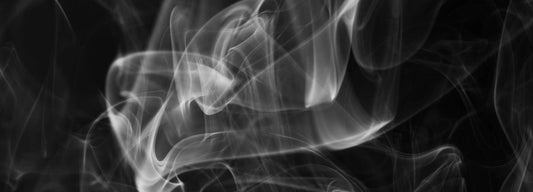
Smoke Scent in Perfume
Smoke is a dark, mysterious, and atmospheric note used to create depth and intensity in perfumes. It can range from soft and wispy to bold and smoldering, depending on its...
Smoke Scent in Perfume
Smoke is a dark, mysterious, and atmospheric note used to create depth and intensity in perfumes. It can range from soft and wispy to bold and smoldering, depending on its...

Oud Scent in Perfumery
The Arabic word for wood, oud, is extracted from agarwood, which is the resin created by Aquilaria trees. Oud is revered for its animalic, earthy, dark and rich woody scent...
Oud Scent in Perfumery
The Arabic word for wood, oud, is extracted from agarwood, which is the resin created by Aquilaria trees. Oud is revered for its animalic, earthy, dark and rich woody scent...
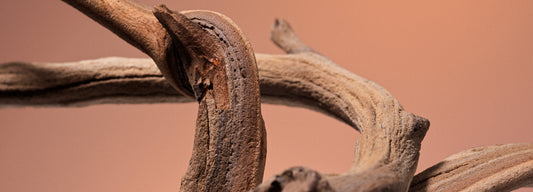
Sandalwood Scent in Perfumery
Sandalwood has a smooth, milky, creamy, and woody scent profile. It is known to be both warm and relaxing. Sandalwood can bring about a richness to a fragrance it is...
Sandalwood Scent in Perfumery
Sandalwood has a smooth, milky, creamy, and woody scent profile. It is known to be both warm and relaxing. Sandalwood can bring about a richness to a fragrance it is...
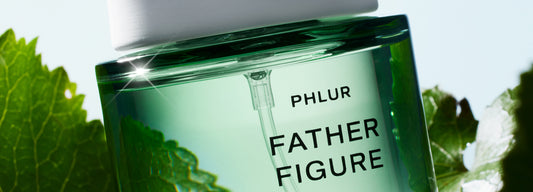
Patchouli Scent in Perfumery
Patchouli is one of the most frequently used raw materials in perfumery. Often considered a “generational scent”, patchouli originated in India and was traditionally used as insect repellent. The oil...
Patchouli Scent in Perfumery
Patchouli is one of the most frequently used raw materials in perfumery. Often considered a “generational scent”, patchouli originated in India and was traditionally used as insect repellent. The oil...

Cedarwood Scent in Perfumery
Cedarwood is a fragrance ingredient used in perfumery to create woody, warm and slightly spicy scents. It is extracted from the wood of cedar trees and can come from various...
Cedarwood Scent in Perfumery
Cedarwood is a fragrance ingredient used in perfumery to create woody, warm and slightly spicy scents. It is extracted from the wood of cedar trees and can come from various...

Hedione Scent in Perfumery
Hedione is a synthetic aromatic molecule known by its chemical name methyl dihydrojasmonate or cyclopentaneacetic acid, 3-oxo-2-pentyl-, methyl ester. The scent description of Hedione is sweet, fruity, floral, citrus lemon...
Hedione Scent in Perfumery
Hedione is a synthetic aromatic molecule known by its chemical name methyl dihydrojasmonate or cyclopentaneacetic acid, 3-oxo-2-pentyl-, methyl ester. The scent description of Hedione is sweet, fruity, floral, citrus lemon...

Pheromones in Perfumery
Pheromones are chemical compounds that are naturally produced by all animals, including humans. These substances are released externally, and are primarily believed to be present in sweat in certain areas...
Pheromones in Perfumery
Pheromones are chemical compounds that are naturally produced by all animals, including humans. These substances are released externally, and are primarily believed to be present in sweat in certain areas...
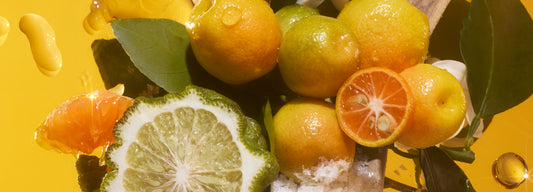
What Are Essential Oils In Perfumery?
There are different ingredient categories available to a perfumer when creating a custom fragrance oil. One category is referred to as “essential” oils. Essential oils are the natural aromatic compounds...
What Are Essential Oils In Perfumery?
There are different ingredient categories available to a perfumer when creating a custom fragrance oil. One category is referred to as “essential” oils. Essential oils are the natural aromatic compounds...
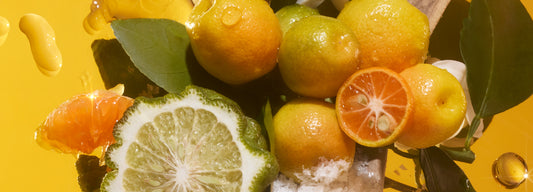
What Does Citrus Mean In Perfumery?
In perfumery, the term citrus refers to a subfamily of fragrances that are characterized by fresh, bright, tangy and uplifting aromas. Citrus fragrances are typically made using essential oils extracted...
What Does Citrus Mean In Perfumery?
In perfumery, the term citrus refers to a subfamily of fragrances that are characterized by fresh, bright, tangy and uplifting aromas. Citrus fragrances are typically made using essential oils extracted...
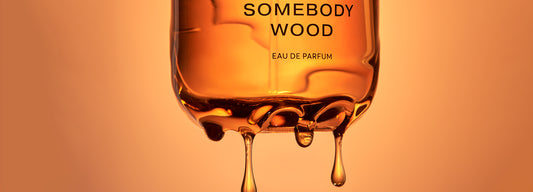
What Is a Resinoid In Perfume?
Resinoids are commonly used as perfumery additives in many cosmetic products and fragrances. Resinoids are exudates from plants that are resinous, meaning they are connected with or produce a very...
What Is a Resinoid In Perfume?
Resinoids are commonly used as perfumery additives in many cosmetic products and fragrances. Resinoids are exudates from plants that are resinous, meaning they are connected with or produce a very...
